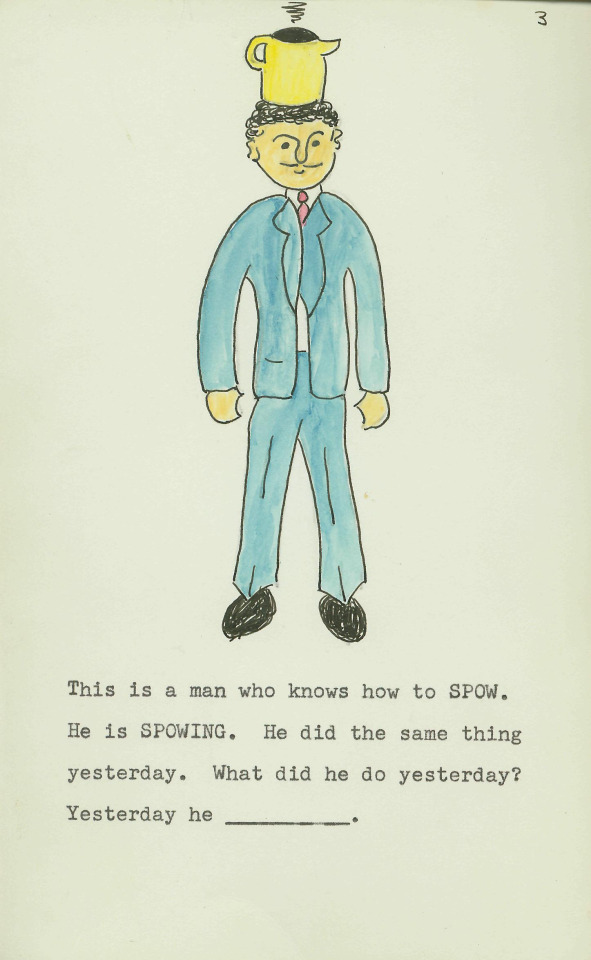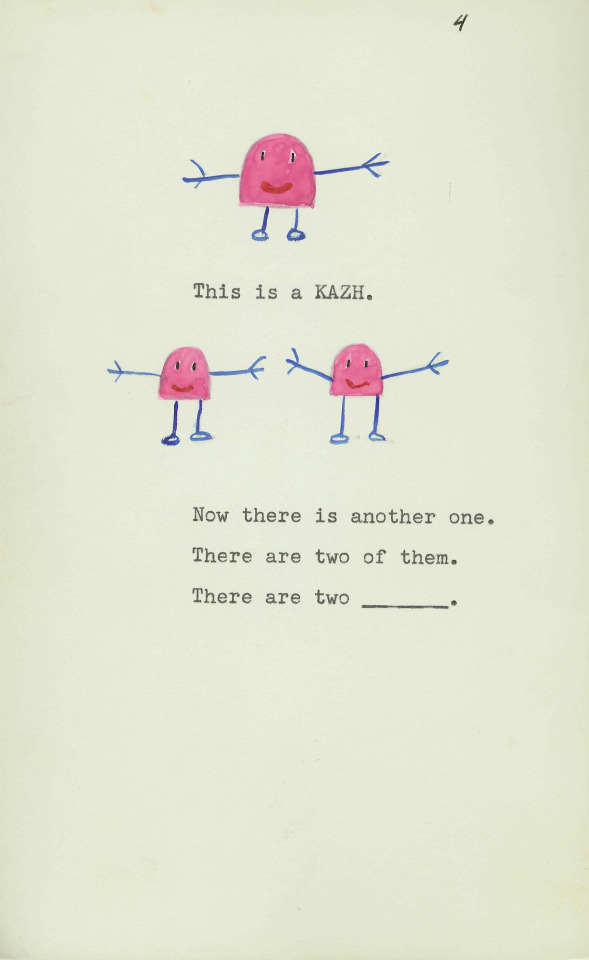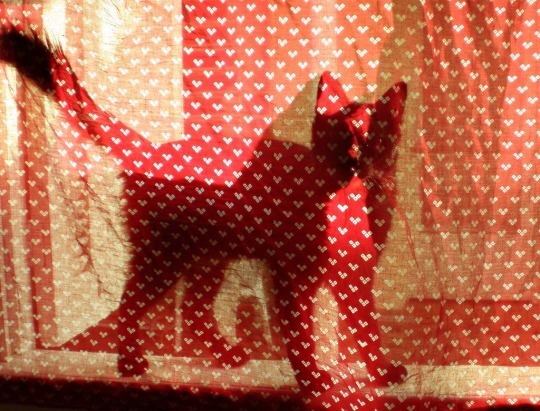Text
burning text gif maker
heart locket gif maker
minecraft advancement maker
minecraft logo font text generator w/assorted textures and pride flags
windows error message maker (win1.0-win11)
FromSoftware image macro generator (elden ring Noun Verbed text)
image to 3d effect gif
vaporwave image generator
microsoft wordart maker (REALLY annoying to use on mobile)
you're welcome
149K notes
·
View notes
Text
something so poetic about the actress change for Claudia in s2 actually. something about how she’s only defined in relation to Louis in s1, and once we start seeing her from Armand’s and Madeline’s and eventually Lestat’s perspective she’s a whole different woman. like the fact that when we see the scene where she’s turned again, see the version Lestat showed Louis during the trial, she’s quite literally a different person. we will never know what she was actually like, we only have her words and the reconstructions other people have made of her, and those reconstructions are so contradictory and incomplete that we don’t even have a clear picture of what she looks like in a visual medium. memory is a monster and it fucking ate her
9K notes
·
View notes
Text


it's just lestat and his fuckass objects against the whole world
11K notes
·
View notes
Text
How to become a beekeeper in Germany 🌸🐝🍯
(I know this is kind of an unusual post for me, but i found out today that my city's beekeepers' club, that my grandfather was chairman of for decades, will likely dissolve soon, about four years after his death, because they can't find anyone who's willing to do the chairman's work, and that almost made me cry)
My grandad was a hobby beekeeper and since me and my family moved into our grandparents' house when i was six, i grew up surrounded by bees. I loved it when grandad dug out his white beekeeping suit (we always used to joke about him then, because he was actually allergic to bees), or when he showed me a larva that was soon going to be a queen, or when the male bees landed on the path behind our house and i picked them up (because male bees can't sting), or when the queen left her beehive and the bees swarmed and grandad had to climb in the highest trees to get them back.
Long story short, i always knew that one day i wanted to keep bees too. Unfortunately, right now, i just don't have the means to properly pursue it yet, but i've informed myself a bit about how to start beekeeping and here's what i learned:
1. Different ways to become a beekeeper in Germany
you could do beekeeping as your real, fulltime job by doing a vocational training (3 years)
you could start as a newcomer/career jumper (you can still become 'Geselle' and 'Meister')
you could do it as a hobby in your free time
2. The German Beekeepers' Association (Deutscher Imkerbund) & local beekeepers' clubs
If you want to become a hobby beekeeper like me, you should check out the German Beekeepers' Association. They have loads of info materials about bees, beekeeping, how to save and help bees, how to support beekeepers, how and where to find beekeeping courses, and so on.
As you will be responsible for all of your bees and your bees' wellbeing, the German Beekeepers' Association advises you to take a course in beekeeping and to get in contact with your local city's beekeepers' club (since a special insurance is needed for keeping bees).
The German Beekeepers' Association also has the registered trademark "Echter Deutscher Honig" ("Real German Honey"). If you want to put this trademark on your honey glasses, you have to be a member of the Association and have a certificate (so-called "Fachkundenachweis"). For this certificate, you have to take a course in beekeeping and pass an official exam.
3. Introduction courses & beginner courses
The German Beekeepers' Association recommends taking beekeeping courses before and while starting to keep bees.
The site "Die Honigmacher" ("The honey makers") offers a trial course for complete beginners, as well as a free beginner's course in beekeeping. They also have a free course that prepares you for the certificate exam (to get rights for the German Beekeepers' Association's trademark on your honey).
You can also find courses by checking out your local "Volkshochschule", your local "Bieneninstitut", or by asking your local beekeepers' club.
And for anyone who wants to get a sneak peek into beekeeping: here's a playlist by the "Institut für Bienenkunde und Imkerei in Veitshöchheim" where you can learn tips and tricks that beekeepers should know:
72 notes
·
View notes
Text
What is a ‘wug’?
If you’ve been to linguist tumblr (lingblr), you might have stumbled upon this picture of a funny little bird or read the word ‘wug’ somewhere. But what exactly is a ‘wug’ and where does this come from?
The ‘wug’ is an imaginary creature designed for the so-called ‘wug test’ by Jean Berko Gleason. Here’s an illustration from her test:

“Gleason devised the Wug Test as part of her earliest research (1958), which used nonsense words to gauge children’s acquisition of morphological rules—for example, the “default” rule that most English plurals are formed by adding an /s/, /z/ or /ɨz/ sound depending on the final consonant, e.g., hat–hats, eye–eyes, witch–witches. A child is shown simple pictures of a fanciful creature or activity, with a nonsense name, and prompted to complete a statement about it:
This is a WUG. Now there is another one. There are two of them. There are two ________.
Each “target” word was a made-up (but plausible-sounding) pseudoword, so that the child cannot have heard it before. A child who knows that the plural of witch is witches may have heard and memorized that pair, but a child responding that the plural of wug (which the child presumably has never heard) is wugs (/wʌgz/, using the /z/ allomorph since “wug” ends in a voiced consonant) has apparently inferred (perhaps unconsciously) the basic rule for forming plurals.
The Wug Test also includes questions involving verb conjugations, possessives, and other common derivational morphemes such as the agentive -er (e.g. “A man who ‘zibs’ is a ________?”), and requested explanations of common compound words e.g. “Why is a birthday called a birthday?“ Other items included:
This is a dog with QUIRKS on him. He is all covered in QUIRKS. What kind of a dog is he? He is a ________ dog.
This is a man who knows how to SPOW. He is SPOWING. He did the same thing yesterday. What did he do yesterday? Yesterday he ________.
(The expected answers were QUIRKY and SPOWED.)
Gleason’s major finding was that even very young children are able to connect suitable endings—to produce plurals, past tenses, possessives, and other forms—to nonsense words they have never heard before, implying that they have internalized systematic aspects of the linguistic system which no one has necessarily tried to teach them. However, she also identified an earlier stage at which children can produce such forms for real words, but not yet for nonsense words—implying that children start by memorizing singular–plural pairs they hear spoken by others, then eventually extract rules and patterns from these examples which they apply to novel words.
The Wug Test was the first experimental proof that young children have extracted generalizable rules from the language around them, rather than simply memorizing words that they have heard, and it was almost immediately adapted for children speaking languages other than English, to bilingual children, and to children (and adults) with various impairments or from a variety of cultural backgrounds. Its conclusions are viewed as essential to the understanding of when and how children reach major language milestones, and its variations and progeny remain in use worldwide for studies on language acquisition. It is “almost universal” for textbooks in psycholinguistics and language acquisition to include assignments calling for the student to carry out a practical variation of the Wug Test paradigm. The ubiquity of discussion of the wug test has led to the wug being used as a mascot of sorts for linguists and linguistics students.”
Here are some more illustrations from the original wug test:



Sources:
Wikipedia, All Things Linguistic
11K notes
·
View notes
Text
free use? *smirks snartly* so naive. you know nothing in this damned society is really free...
26K notes
·
View notes
Text
man for a country that loves its guns the lot of you cant aim for shit
33K notes
·
View notes















